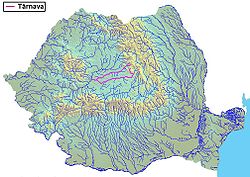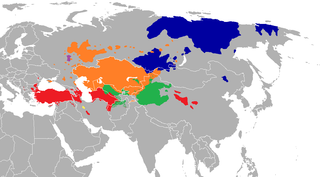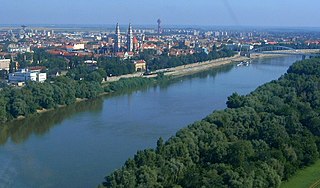
The Tisza or Tisa is one of the main rivers of Central and Eastern Europe. Once, it was called "the most Hungarian river" because it flowed entirely within the Kingdom of Hungary. Today, it crosses several national borders.

The Jiu is a river in southern Romania. It is formed near Petroșani by the confluence of headwaters Jiul de Vest and Jiul de Est.

The Mureș is a 789-kilometre-long (490 mi) river in Eastern Europe. Its drainage basin covers an area of 30,332 km2 (11,711 sq mi). It originates in the Hășmașu Mare Range in the Eastern Carpathian Mountains, Romania, rising close to the headwaters of the Olt River, and joins the Tisza at Szeged in southeastern Hungary.

Nagy-Küküllő was an administrative county (comitatus) of the Kingdom of Hungary. Its territory is now in central Romania. Nagy-Küküllő is the Hungarian name for the Târnava Mare River. The capital of the county was Segesvár.

The Olt is a river in Romania. It is 615 km (382 mi) long, and its basin area is 24,050 km2 (9,290 sq mi). It is the longest river flowing exclusively through Romania. Its source is in the Hășmaș Mountains of the eastern Carpathian Mountains, near Bălan, rising close to the headwaters of the Mureș River. It flows through the Romanian counties Harghita, Covasna, Brașov, Sibiu, Vâlcea and Olt. The river was known as Alutus or Aluta in Roman antiquity. Olt County and the historical province of Oltenia are named after the river.

The Crasna (Romanian) or Kraszna (Hungarian) is the name of a river in northwestern Romania and northeastern Hungary. The Crasna is a left tributary of the Tisza. Its source is in Transylvania, Romania, near the village of Crasna. It flows through the Romanian counties Sălaj and Satu Mare and the Hungarian county Szabolcs-Szatmár-Bereg. It flows into the Tisza in Vásárosnamény. Cities along the Crasna are Șimleu Silvaniei in Romania, Nagyecsed and Mátészalka in Hungary.

The Târnava Mică River is a river in Romania. Its total length is 196 km (122 mi), and its drainage basin area is 2,071 km2 (800 sq mi). Its source is in the Eastern Carpathian Mountains, in Harghita County. It flows to the west through the Romanian counties Harghita, Mureș, and Alba, more or less parallel to and north from the Târnava Mare. The cities of Sovata and Târnăveni lie on the Târnava Mică. It joins the Târnava Mare in Blaj, forming the Târnava.

The Someșul Mic River is a river in north-western Romania. Its total length is 178 km (111 mi), and its drainage basin area is 3,773 km2 (1,457 sq mi). It is formed at the confluence of two headwaters, Someșul Cald and Someșul Rece, that come from the Apuseni Mountains. From the confluence, in Gilău, the Someșul Mic flows east and north through Cluj-Napoca, Apahida and Gherla, until it meets the Someșul Mare in Dej. Downstream from Dej, the river is called Someș.
The Agrișteu River is a tributary of the Târnava Mică River in Romania.
The Sântioana River is a left tributary of the river Târnava Mică in Romania. It discharges into the Târnava Mică in Laslău Mare.

The Olteț is a right tributary of the river Olt in Romania. It discharges into the Olt in Fălcoiu. Its total length is 185 km (115 mi), and its drainage basin area is 2,663 km2 (1,028 sq mi).
The Valea Mare River is a tributary of the Târnava Mică river in Romania.
The Vorumloc River is a left tributary of the river Târnava Mare in Romania. It discharges into the Târnava Mare in Copșa Mică.

The Vișa River is a left tributary of the river Târnava Mare in Romania. It discharges into the Târnava Mare in Copșa Mică.
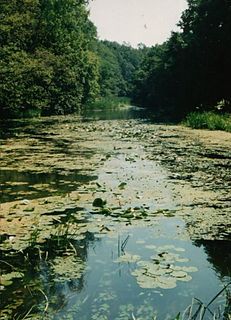
The Tur is a tributary of the Tisza River. Its sources are located in the Oaș Mountains in Romania. The Tur starts at the confluence of its headwaters, the Gorova and Turișor. It then flows through Satu Mare County in Romania. The main town on the Tur is Turulung, The river then forms the border between Romania and Ukraine on a reach of 5.2 km, and the border between Romania and Hungary for 1.1 km. The Tur joins the Tisza river near Szatmárcseke in Hungary. Its basin size is 1,144 km2 (442 sq mi).
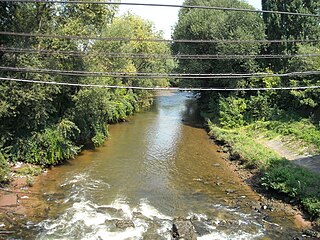
The Sebeș is a left tributary of the river Mureș in Transylvania, Romania. The upper reach of the river is also known as Frumoasa. The Romanian and Hungarian name Sebeș and Sebes originate from the Hungarian adjective sebes meaning "speedy", while the German name means Mill Creek. The source of the river is on the south slope of the Cindrel Mountains, in the southwestern part of Sibiu County. It discharges into the Mureș in Alba Iulia.

The Barcău or Bereteu is a river which has its origin in Sălaj County, Romania. It is about 167 kilometres (104 mi) long with a watershed area of 5,812 km2 (2,244 sq mi). After crossing Bihor County in Romania and Hajdú-Bihar and Békés County in Hungary, it flows into the Sebes-Körös near Szeghalom.

Târnava-Mică County was a county in the Kingdom of Romania, the successor to Kis-Küküllő County of the KIngdom of Hungary. Its capital was Diciosânmartin until 1926, and afterwards at Blaj.

The Târnava Mare is a river in Romania. Its total length is 223 km, and its drainage basin area is 3,666 km2. Its source is in the Eastern Carpathian Mountains, near the sources of the Mureș and Olt in Harghita County. It flows through the Romanian counties of Harghita, Mureș, Sibiu, and Alba. The cities of Odorheiu Secuiesc, Sighișoara, and Mediaș lie on the Târnava Mare. It joins the Târnava Mică in Blaj, forming the Târnava.
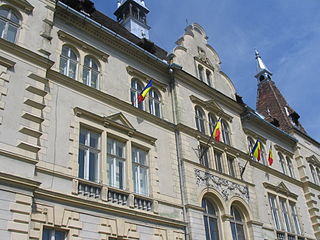
Târnava-Mare County is one of the historical counties of the Kingdom of Romania, in the historical region of Transylvania. The county seat was Sighișoara.
